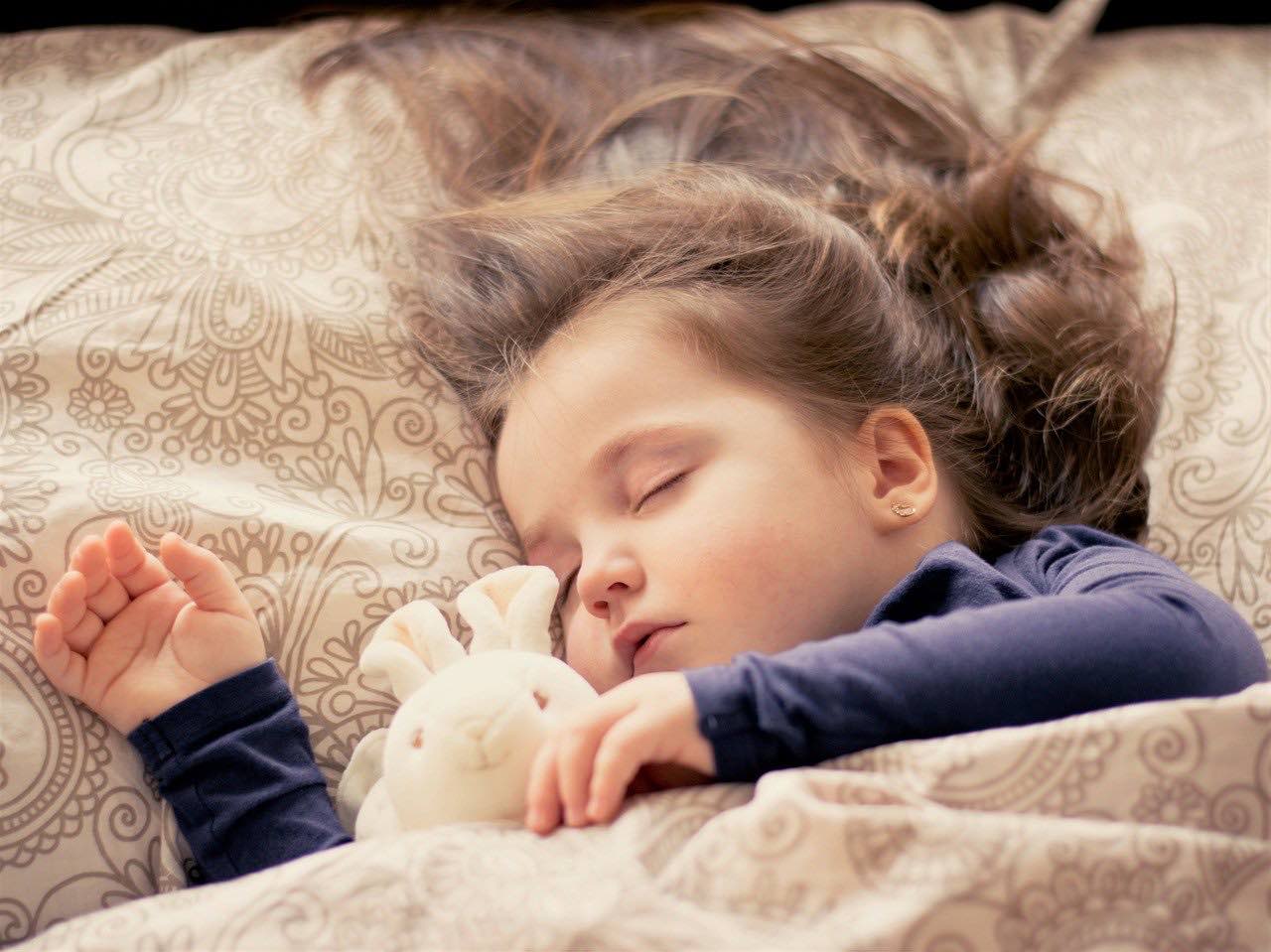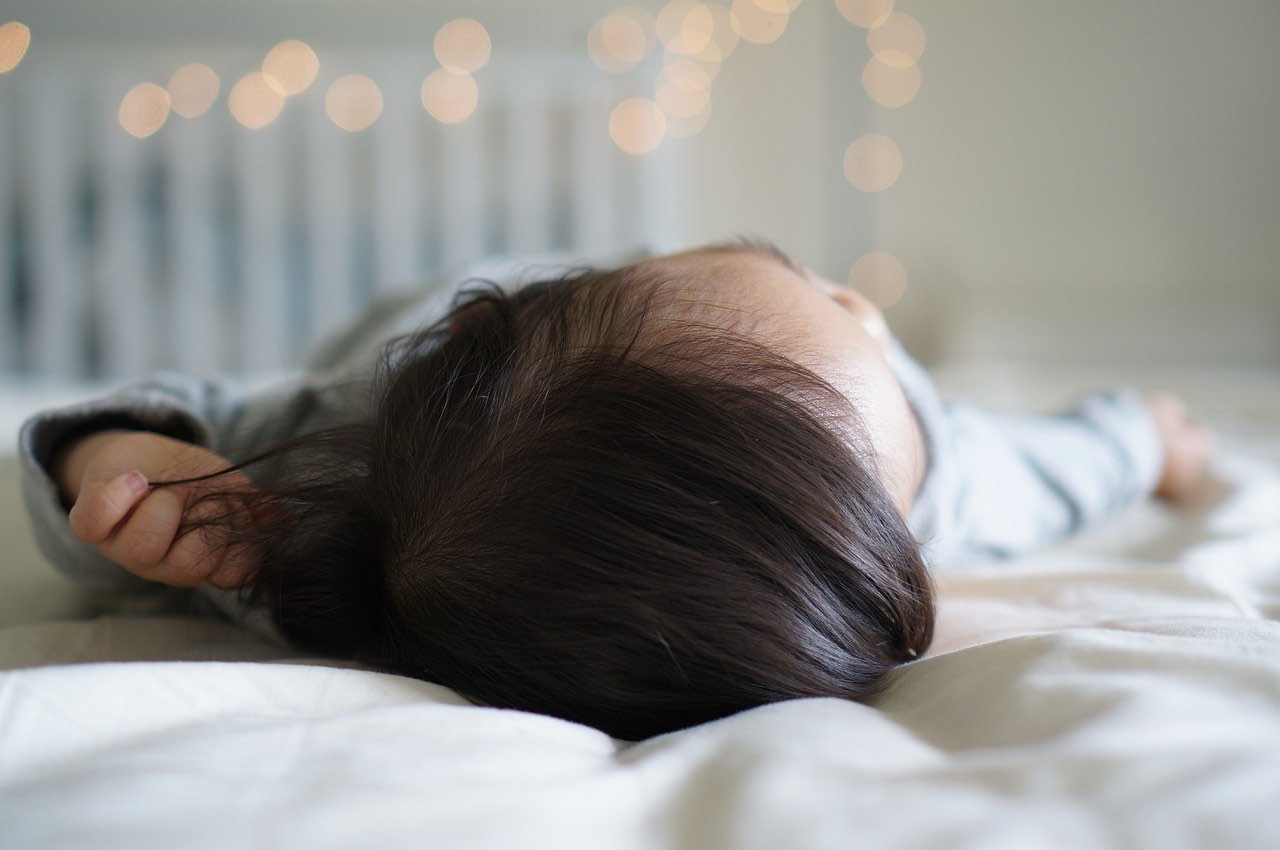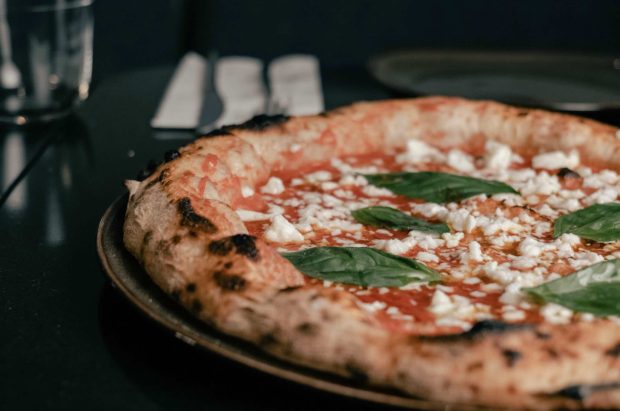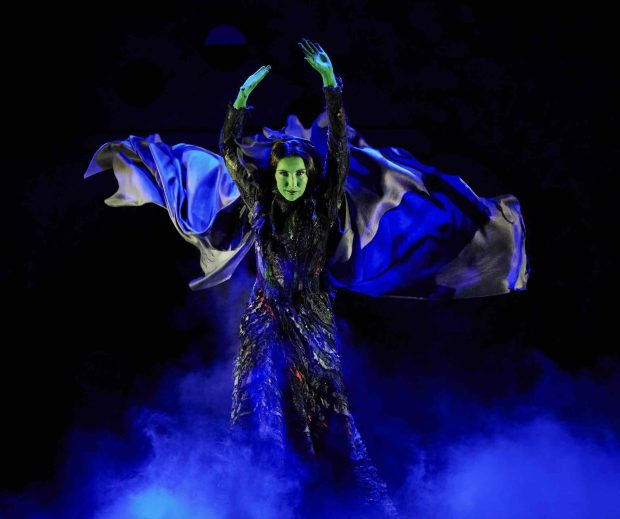Massage of infants is carried out for preventive, hygienic purposes, as well as in case of any deviations in health or physical development, disorders of the normal function of the spine, a sharp weakening of the muscles and ligaments, disorders of the gastrointestinal tract, and the passage of various diseases.
Massage has a comprehensive development on the child’s body. The body’s response to massage is different and depends on the techniques used, the duration of exposure. For example, stroking, rubbing – relaxes the muscles, and tapping, patting – cause the appearance of muscle tone. Under the influence of massage, blood flow and metabolic processes are accelerated, metabolic products are released.
Under the influence of massage at https://armonia.ae/service/full-body-massage/ there are reactions of different organs and systems. There is a close functional relationship between the muscular system and the function of internal organs, smooth muscle tone. Therefore, massage elicits a positive response from the digestive tract, this is particularly important in cases of constipation, colic babies, after a massage gases go away well.
Massage stimulates the growth and development of muscle mass, helps maintain optimal tone, is a kind of irritant to the receptors of the skin and underlying tissues. Despite the small mass of the child, his skin surface is relatively larger than that of adults. This partly explains the greater sensitivity of the child to the action of massage. The child’s skin is soft and smooth. The capillary network of the skin is strongly developed and hyperemia quickly occurs after massage. Taking into consideration the increased excitability of the nervous system, the presence of a large number of receptors in the skin, we can explain the increased sensitivity of the child to the effects of massage.
In early childhood is not uncommon, and massage is one of the important methods of complex treatment. It is easy to perform and can be mastered and carried out by the child’s mother herself, having previously been trained by a masseuse.
Contraindications to massage in infants:
- Acute infectious diseases.
- Rachitis in the run-up period with the phenomena of hyperesthesia.
- Various forms of hemorrhagic diathesis.
- Groin, umbilical, femoral hernia with a tendency to impinge.
- Congenital heart defects with pronounced cyanosis and compensation disorder.
- Pustular, acute inflammatory skin diseases.
When carrying out the massage, it is necessary to observe a number of rules:
- The room should be warm to avoid excessive heat loss after the massage, i.e. the temperature in the room should be no lower than 22-24 degrees.
- The massage is carried out in a prone position on a table. The table on which the massage is carried out should be covered with a blanket and a clean diaper. The room should be well lit, but the direct rays of light should not fall into the child’s eyes.
- When massaging, the hand movements should be soft, gentle, without pushing. The hands should not wear rings or any other jewelry.
- After the massage, the baby should be dressed in warm, dry underwear to keep warm.
- The massage is carried out after feeding, but not earlier than 1-1.5 hours, or before. You should not massage the child before he/she goes to sleep, as it excites him/her. After the massage, the child should rest.
- Massage movements are carried out in the course of the vessels – from the periphery to the center.
- During an abdominal massage should be spared the liver area, can not massage the genitals.
- While massaging the back, you should not pat or tap the kidney area.
- Start lessons on the 10-15th day of life.
- Classes are conducted 3-4 times a day for 5-7 minutes.








